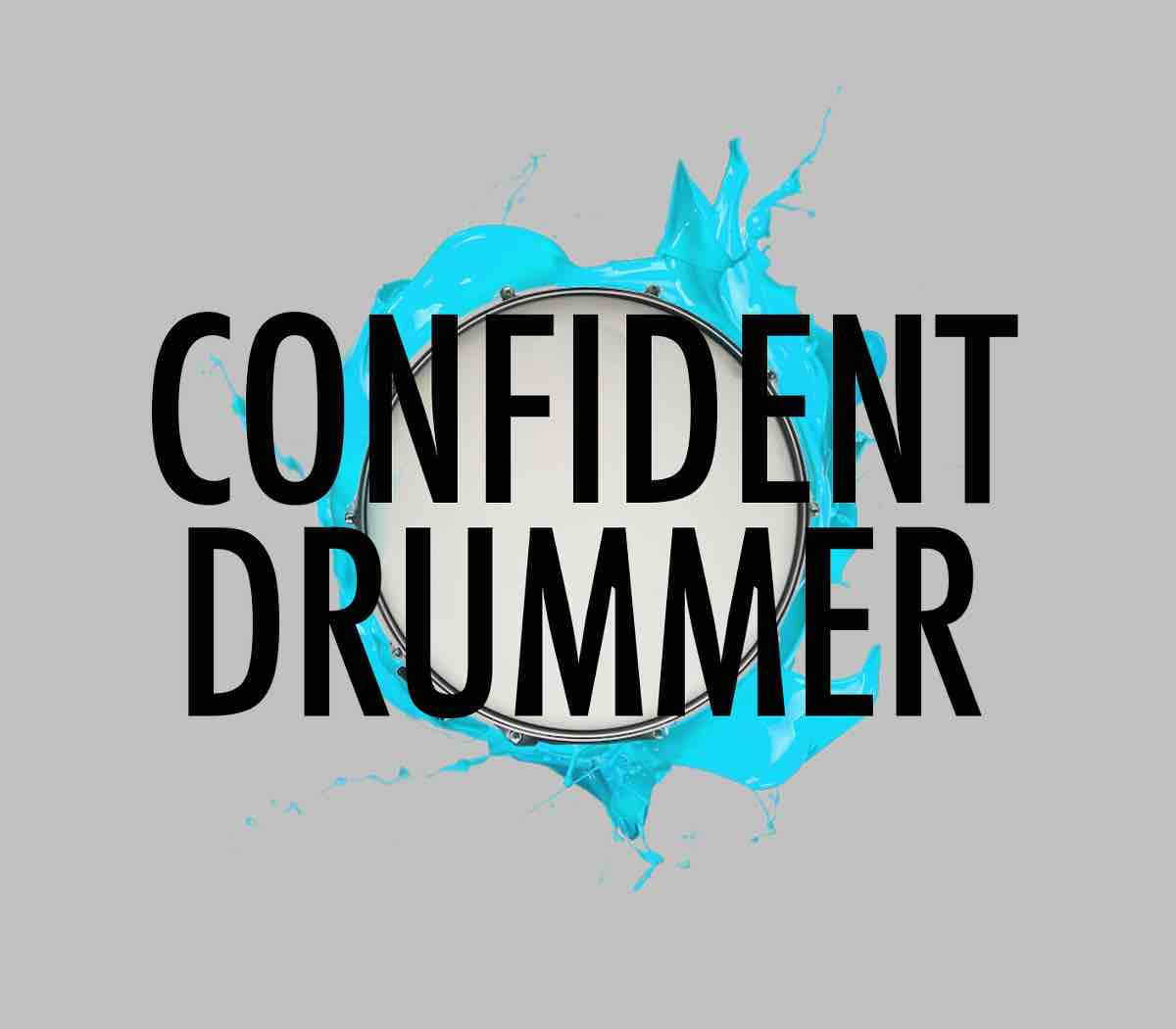I find it fascinating how most of what makes music beautiful cannot be written using musical notation.
We have already seen this, for instance while exploring different parameters like swing levels, or in the discussion about Micro Rhythms.
The nuances and possibilities are so many that the current notation system, although it’s a very useful tool, turns out to be quite limited, as it doesn’t allow to accurately describe the subtle details of the way in which something is supposed to sound.
In this lesson I’m going to try to use elaborate descriptions, along with traditional notation, to help us understand the details involved in some of these subtleties, so that we can play and practice them correctly.
One of the areas that require this type of approach is precisely cymbal articulations, that is, the set of nuances related to the way we play the Hi-Hat or Ride cymbals.
What subdivision is involved, which notes are accented, how are the accents supposed to be played, how open or close is the Hi-Hat – or what sound do we get out of the Ride cymbal based on where we hit it.
Specifically, focusing on the Hi-Hat, and considering different subdivisions, figures and accent combinations, we can adjust two aspects:
1- How apart or together, tight or loose are the two cymbals: from completely closed to completely open. In order to cover a good range of sound variations we are going to go through 4 levels:
- Completely closed, indicated in the exercises by letter A.
- Slightly open, indicated in the exercises by letter B.
- Open, indicated in the exercises by letter C.
- Completely open, indicated in the exercises by letter D.
2- How strong are the accents, meaning the difference of volume between accented and unaccented notes. Also here we are going to explore 4 levels, as follows:
- Almost unaccented.
- Slightly accented.
- Accented.
- Completely accented.
Obviously these 4 levels are completely arbitrary and far from exhaustive, yet still they represent a good starting point to learn how to control these tricky elements.
From here on it’s up to each of us to decide how deep we want to go, based on our goals and musical sensibility.
These elements, which may seem to be insignificant details, are actually incredibly powerful in personalizing our beats, and knowing how to use them will contribute to take our groove and drum arrangement skills to the next level.
The music we play is going to benefit immensely from our ability to skilfully combine, like in a great recipe, all the ingredients necessary to spice up every single note.
The magic is in the how, in the details, in the seemingly intangible.
The exercises we are about to study go through a workout in two stages.
First of all, we are going to practice on the Snare Drum, with just the right hand, in order to develop the motions necessary to then keep a solid beat on the cymbal.
One of the secrets to playing the Hi-Hat in a musical way is thinking of it as a drum, and feeling as if we were bouncing the stick on a drumhead instead of a cymbal.
Almost no one studies on the Snare Drum the motions involved in playing cymbals.
By practicing this way we are learning how to effortlessly play any cymbal pattern, since our right hand is going to be able to handle any tempo, subdivision and variation.
The first few pages are all about this preliminary work on the Snare, and I recommend to practice them with great care, paying attention to the sound, the mechanics involved, the accuracy or each detail.
If you want to learn more about this important area of drumming, I suggest to check out the techniques explained in ‘Hands & Mechanics – Altitude Drumming – Volume 2’.
It’s mostly a matter of using the correct motions, and making sure they are fluid, consistent and relaxed.
Next we move on to the Hi-Hat and explore an overview of all the available combinations for each main subdivision: eighths, sixteenths, triplets and shuffle.
We are going to experiment with the most common figures and accent positions, each of which will be practiced using the four levels of open/close and accented/unaccented.
As we can see, for each solution that combines accents and figures we have 4 Hi-Hat opening levels available: this means that, even just sticking to the examples discussed, we have a total of more than 100 alternatives to go through!
Starting with the study of each variation, even if we were to apply it to a basic beat with Bass Drum on 1 and 3 and Snare Drum on 2 and 4, we would already have 112 different grooves to work on.
Here is the free and printable booklet with grooves and exercises:
And here is the link to the YouTube video in which I play the examples shown in the booklet. You can also click on each bar in the PDF to access the related video demonstration.
A few drummers to check out who are masters of these tools are Steve Jordan, Vinnie Colaiuta and Jeff Porcaro.
The results of this process will be incredible.
As said above, all these variations can obviously be applied also to the Ride cymbal.
The approach to playing accents remains the same. Of course there are no openings in this case. But the open/close level can be reproduced by hitting the Ride in different spots and with different parts of the stick.
The Ride allows for a huge sound variety and dynamic range. Between the two extremes of hitting it with the tip of the stick and bashing its edge with the shoulder of the stick (as if it were a Crash), there are infinite nuances that we can have fun with and use as an alternative to a certain level of Hi-Hat opening.
Whenever there is a shuffle let’s stick to the regular triplet based version, so that we can remain focused on cymbal articulations.
After we have worked on those for a while we can try to add the level of swing layer.
Since there’s a lot more description by words than music notation involved, I decided not to write the note for note version of all these cymbal combinations applied to a basic beat.
However, once we have picked a certain example, it’s quite easy to apply it to any rhythm we like, so that we can practice it with no need to read it from sheet music.
Nonetheless the video demos show each accent variation applied to the basic beat mentioned before, with the Hi-Hat intentionally closed so that we can clearly hear the subtleties.
Subsequently we will be able to apply these same concepts to gradually more advanced rhythms, starting with those appearing in this Groove Collection, and then adding our own ideas, until we are able to improvise.
Related resources:
‘Groove Mastery & Formulas’ – Altitude Drumming – Volume 8
‘In Session – How To Sound Great On Records’
‘Interpretation & Arrangement’ – Altitude Drumming – Volume 9




















